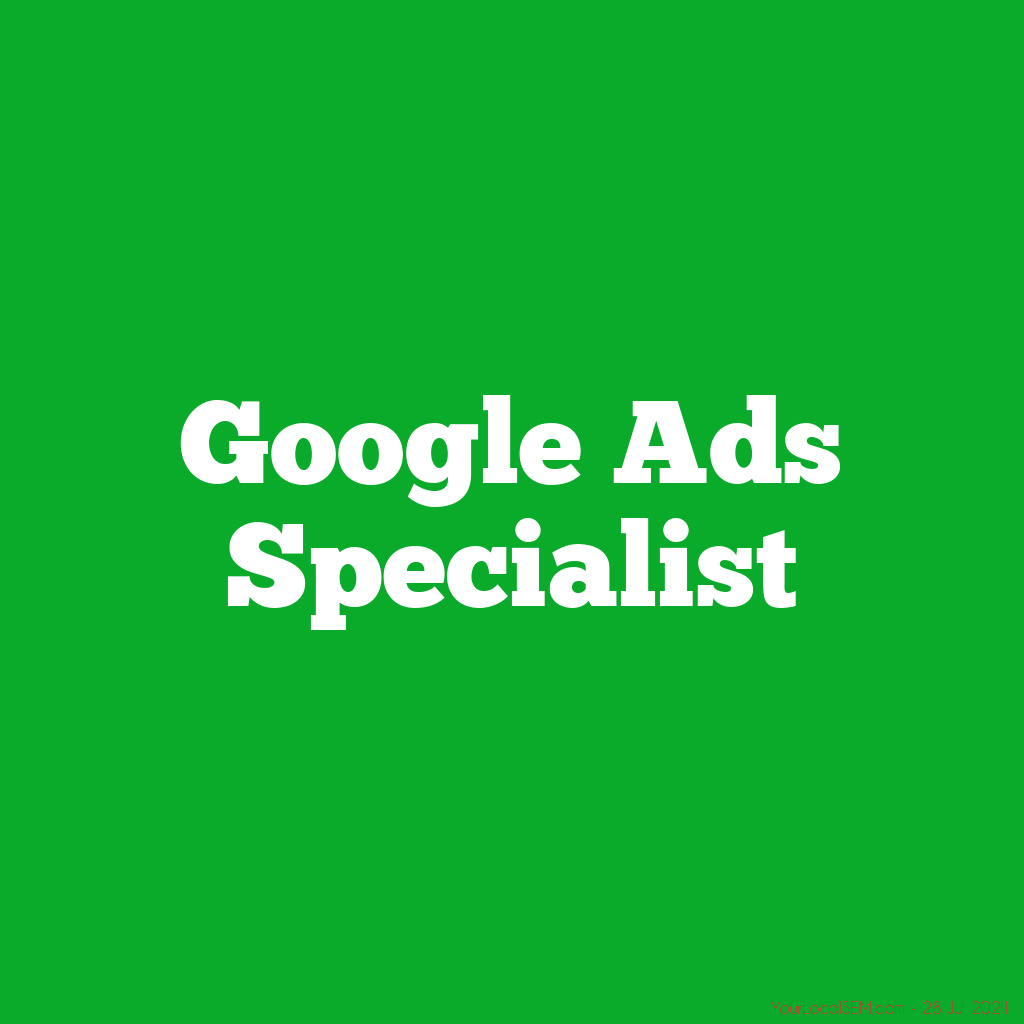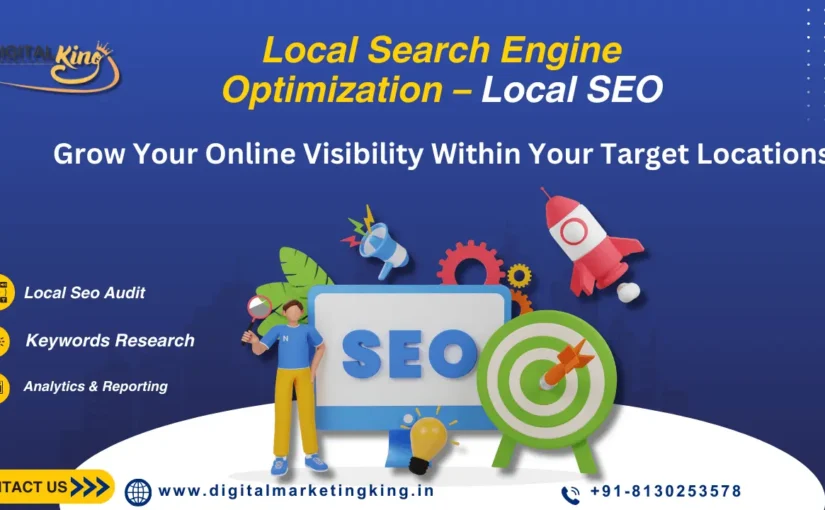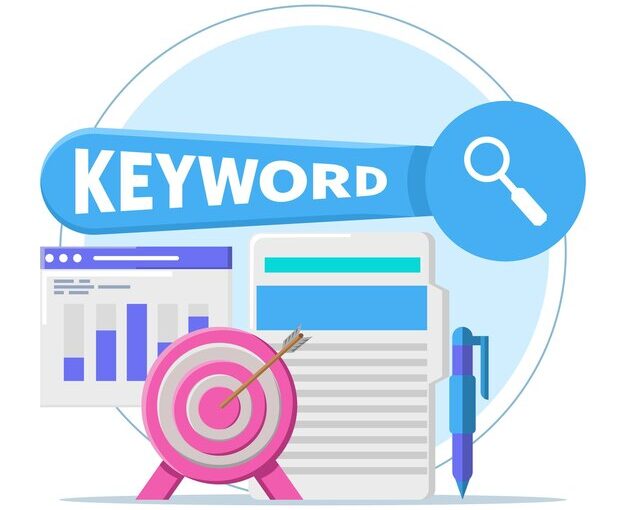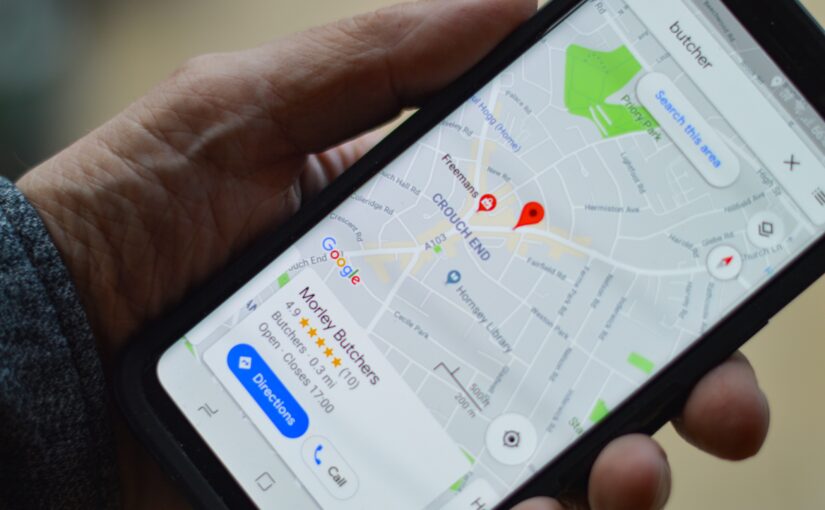3 Effective Ways to Find More Keywords for Your Google Ads Account
Keywords are the backbone of any successful Google Ads campaign. They connect your ads to potential customers who are actively searching for products or services like yours. Identifying the right keywords can significantly impact your campaign’s performance, driving targeted traffic and maximizing conversions. Here are three effective ways to find more keywords for your Google Ads account, complete with the latest insights and a Q&A format for added clarity.
1. Use Google’s Keyword Planner
Google’s Keyword Planner is a powerful tool for discovering new keywords and planning your advertising strategy. It’s a great starting point for building a robust keyword list tailored to your business needs.
- How to Use Keyword Planner:
- Input Relevant Terms: Begin by entering words or phrases that describe your products or services. For example, if you sell organic skincare products, you might start with terms like “organic face cream” or “natural skincare.”
- Use Your Landing Page or Product Category: You can also input your landing page URL or select a product category to see keyword suggestions that Google’s system considers relevant.
- Sort and Select Keywords: After generating a list of keyword ideas, sort them by metrics like average monthly searches, competition, and suggested bid. This will help you identify high-volume, low-competition keywords that are cost-effective.
Q: What are the benefits of using the Keyword Planner?
- A: The Keyword Planner provides detailed insights into search volume, competition, and keyword trends, helping you make informed decisions about which keywords to target. It’s particularly useful for discovering long-tail keywords that might be less competitive and more cost-effective.
2. Analyze Search Query Reports
Search Query Reports (SQRs) are a goldmine for finding new keyword opportunities. They show you the exact search terms users typed into Google that triggered your ads, providing valuable insights into user intent and behavior.
- How to Analyze SQRs:
- Access the Report: In your Google Ads account, navigate to the “Keywords” tab and select “Search terms.” This will display the queries that led to ad clicks.
- Identify New Keywords: Look for terms that are driving traffic and conversions but aren’t currently part of your keyword list. These terms are excellent candidates for new keywords.
- Negative Keywords: Also identify irrelevant queries that triggered your ads. Adding these as negative keywords prevents them from triggering your ads in the future, saving your budget for more relevant searches.
Q: How often should I review my Search Query Reports?
- A: It’s advisable to review your SQRs regularly, at least once a month, to continuously refine your keyword list and ensure you’re targeting the most relevant search terms.
3. Explore Competitor Keywords
Analyzing competitors’ keywords can provide insights into what is working in your industry and highlight gaps in your own keyword strategy. This approach helps you discover new keyword opportunities and benchmark your performance.
- How to Research Competitor Keywords:
- Competitor Analysis Tools: Use tools like SEMrush, Ahrefs, or SpyFu to analyze the keywords your competitors are bidding on. These tools can show you both organic and paid keywords, along with metrics like search volume and estimated CPC.
- Manual Competitor Research: Visit your competitors’ websites and inspect their meta tags, headers, and page content. This can give you ideas for keywords that are relevant to their content and potentially valuable for your campaigns.
Q: What should I consider when using competitor keywords?
- A: While competitor keywords provide useful insights, it’s crucial to assess their relevance to your business. Just because a keyword is performing well for a competitor doesn’t necessarily mean it will work for you. Consider factors like your unique selling proposition, target audience, and budget.
Latest Trends in Keyword Research
- Voice Search: With the rise of voice-activated assistants like Siri and Alexa, more users are conducting searches using natural language queries. Incorporating conversational keywords and phrases into your strategy can capture this growing segment.
- Local SEO: As mobile searches and local intent grow, optimizing for location-based keywords becomes increasingly important, especially for businesses with physical locations.
- Long-Tail Keywords: These keywords tend to be more specific and less competitive, often leading to higher conversion rates as they capture users further along in the buying cycle.
Conclusion
Finding the right keywords is an ongoing process that requires constant refinement and adaptation. By leveraging tools like Google’s Keyword Planner, analyzing Search Query Reports, and researching competitor keywords, you can build a comprehensive and effective keyword strategy. Stay updated with the latest trends and continuously adjust your approach to meet changing user behaviors and market conditions. This proactive approach will help you maximize the ROI of your Google Ads campaigns and drive meaningful results for your business.
Are you interested in PPC Marketing ?
Questions on Google Ads? Google Display Network ? Google Remarking ? First Party Data ?
Contact us Today for FREE consultation.
We are here to help you reach your goals within your defined Budge !
People Also Ask
- How much do Google Ads cost?
- Are Google Ads Free?
- What are Google Ads and how do they work?
- How can I get Google Ads for free?
Related searches
- google ads sign in
- google ads for youtube
- google ads keyword planner
- google ads account
- google ads manager
- google adsense
- create google ads







